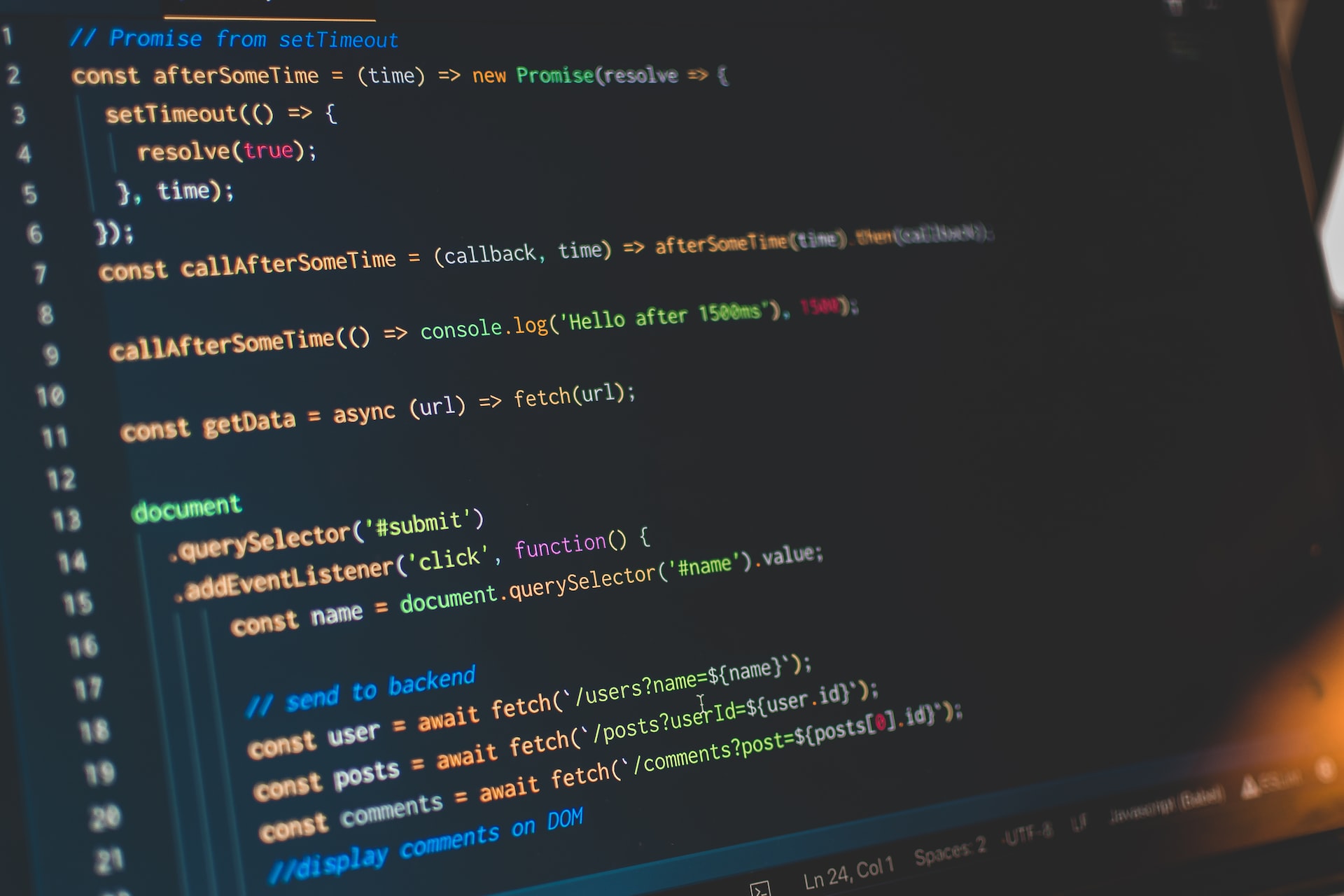OpenPano Save
Automatic Panorama Stitching From Scratch
OpenPano

Introduction
OpenPano is a panorama stitching program written in C++ from scratch (without any vision libraries). It mainly follows the routine described in the paper Automatic Panoramic Image Stitching using Invariant Features, which is also the one used by AutoStitch.
Installation
We need the following dependencies:
- gcc >= 5, clang >= 10 or visual studio >= 2015. CMake >= 3.20
- Eigen
- libjpeg (optional, if you only need png format)
- FLANN (already included in the repository, slightly modified)
- CImg (optional. already included in the repository)
Eigen, CImg and FLANN are header-only, to simplify the compilation on different platforms. CImg and libjpeg are only used to read and write images, so you can easily get rid of them.
On ArchLinux, install dependencies by: sudo pacman -S gcc sed cmake make libjpeg eigen
On Ubuntu, install dependencies by: sudo apt install build-essential sed cmake libjpeg-dev libeigen3-dev
Compile:
Linux / OSX / WSL (bash on windows)
Use cmake (a good default to try):
$ cmake -B build && make -C build
# Binary will be found at ./build/src/image-stitching
or, use make (more customizable. You can modify Makefile when you run into problems.):
$ make -C src
# Binary will be found at ./src/image-stitching
The default clang on OSX doesn't contain openmp support. You may need gcc or different clang. See #16.
Windows (for VS2015)
- Install cmake, VS2015
- Set environment variable
Eigen3_DIRto{YOUR_EIGEN3_DIRECTORY}/eigen3/cmake. - Open Visual Studio Developer Command Prompt.
-
cd path/to/OpenPano -
cmake . - Open the VS2015 project and compile the project
- copy
config.cfgto the directory containingimage-stitching.exe - The author have never used Visual Studio and this windows build process may not work for you. Feel free to submit PR to improve the build process.
Usage
$ ./image-stitching <file1> <file2> ...
The output file is out.jpg. You can play with the example data to start with.
Before dealing with very large images (4 megapixels or more), it's better to manually downscale them to save time.
In cylinder/translation mode, the input file names need to have the correct order.
Configuration:
The program expects to find the config file config.cfg in the working directory.
Three modes are available (set/unset them in the top of the config file):
-
cylinder mode. Requirements:
- You stay at the same spot and only turn left (or right) when taking the images (as is usually done), no translations or other type of rotations allowed.
- Images are taken with the same camera, with a known
FOCAL_LENGTHset in config. - Images are given in the left-to-right order. (I might fix this in the future)
-
camera estimation mode. Requirements:
- You stay at the same spot when taking the images, and can turn your camera left-right or up-down.
- Don't use too few images.
- It runs slower because it needs to perform pairwise matches.
-
translation mode. Simply stitch images together by affine transformation. Requirements:
- Camera performs pure translation.
- The images are roughly at the same depth.
- Input images are ordered according to the translation movement.
Some options you may care:
- FOCAL_LENGTH: focal length of your camera in 35mm equivalent. Only useful in cylinder mode.
-
ORDERED_INPUT: whether input images are ordered sequentially. has to be
1in CYLINDER and TRANS mode. - CROP: whether to crop the final image to avoid irregular white border.
Other parameters are quality-related. The default values are generally good for images with more than 0.7 megapixels. If your images are too small and cannot produce satisfactory results, it might be better to resize your images rather than tune the parameters.
Examples (All original data available for download)
Zijing Apartment in Tsinghua University:

"Myselves":

Carnegie Mellon University from 38 images

Newell-Simon Hall in CMU (this one is hard because objects are closer):

A full-view pano built from UAV images:

For more examples, see results.
Speed & Memory
Tested on Intel Core i7-6700HQ, with ESTIMATE_CAMERA mode:
- 11 ordered images of size 600x400: 3.2s.
- 13 ordered images of size 1500x1112: 6s.
- 38 unordered images of size 1300x867 (high vertical FOV): 51s.
Memory consumption is known to be huge with default libc allocator.
Simply using a modern allocator (e.g. tcmalloc, jemalloc) can help a lot.
Also, setting LAZY_READ to 1 can save memory at the cost of a minor slow down.
Peak memory in bytes (assume each input has the same w & h):
- Without
LAZY_READoption: max(finalw * finalh * 12, #photos * w * h * 12 + #photos * #matched_pairs * 96 + #keypoints * 520) - With
LAZY_READoption: max(finalw * finalh * 16, #threads * w * h * 12, #photos * #matched_pairs * 96 + #keypoints * 520)
Algorithms
- Features: SIFT
- Transformation: use RANSAC to estimate a homography or affine transformation.
- Optimization: focal estimation, bundle adjustment, and some straightening tricks.
For details, see my blog post.
Quality Guidelines
To get the best stitching quality:
- While rotating the camera for different shots, try to keep the position of camera lens static.
- Keep the exposure parameters unchanged.
- Do not shoot on moving objects.
- Objects far away will stitch better.
- The algorithm doesn't work well with wide-angle cameras where images are distorted heavily. Camera parameters are needed to undistort the images.
TODOs
- Github Actions for macOS and Windows
- apply pairwise matching for translation mode as well
- run bundle adjustment on sphere lens instead of perspective lens
- improve feature detector and matching
- use LAZY_READ & 1 byte image in both blender to reduce peak memory
- clean up use of copies of
ImageRef - faster gaussian blur kernel
- port some hotspot (e.g.
dist.cc) to neon - support read/write EXIF metadata to:
- get focal length, distortion, etc
- allow pano to be viewed on Facebook
- python bindings
